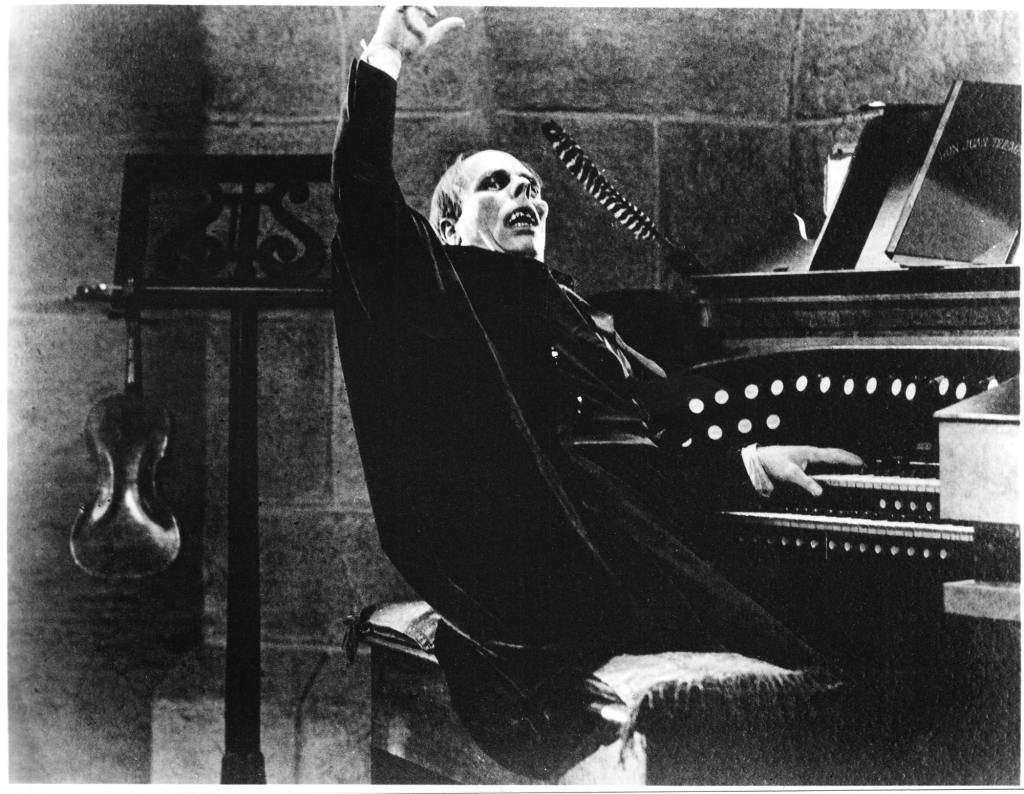Have you ever wondered how all those crazy noises and the creepy music in horror films gets made?
Well, there are actually thousands of answers to that question that range from electronic banks of sounds to any number of custom-made instruments. I decided to focus on five instruments that cover both the range of history and the range of sound, and we’ll start out with what might be the most ubiquitous:
1. Waterphone
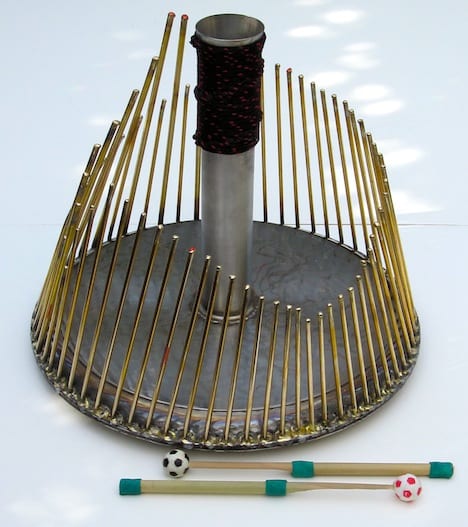
Photo Credit: Richard Waters/Wiki
The waterphone does have water in it. That’s what allows for the creepy sound bends, but that’s not where it gets it’s name.
The name comes from the inventor, Richard Waters, and it basically combines the water drum:
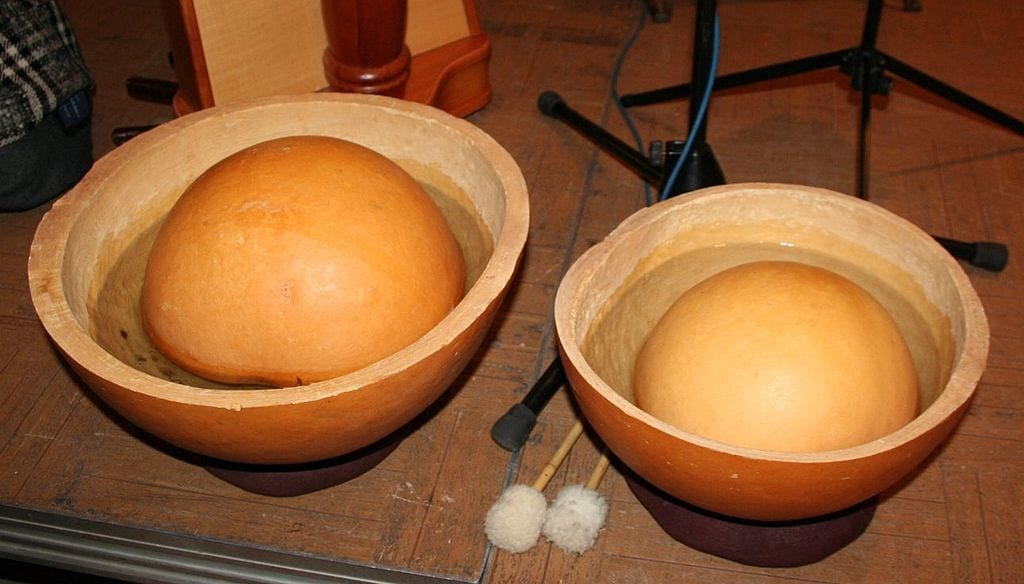
Photo Credit: Wiki/de:Benutzer:Smalltown Boy
With the African thumb piano, also known as the Mbira:
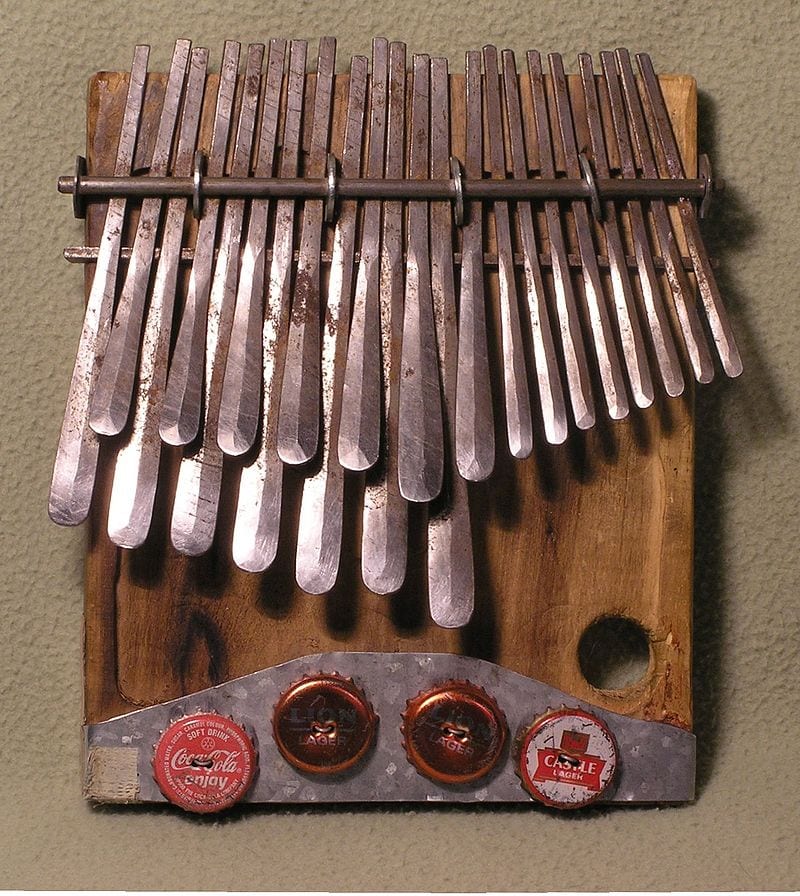
Photo Credit: Wiki/Mbira dzavadzimu 1
You can use mallets or even play it with a bow if you want some long, creepy, sustained notes:
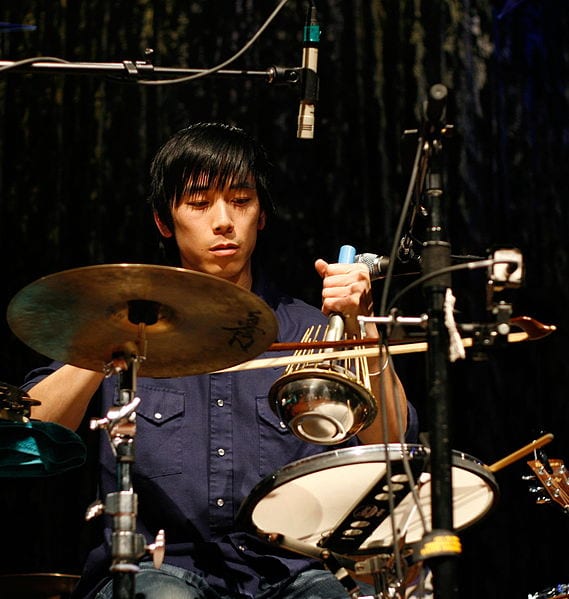
Photo Credit: Wiki/Bofis
Waters had a patent on the instrument and made just about every one in existence by hand, aside from the knockoffs, until he died in 2013. Now, his hand-picked successor Brooks Hubbard makes them, and they still sound just as creepy and cool as they ever did:
2. Theremin
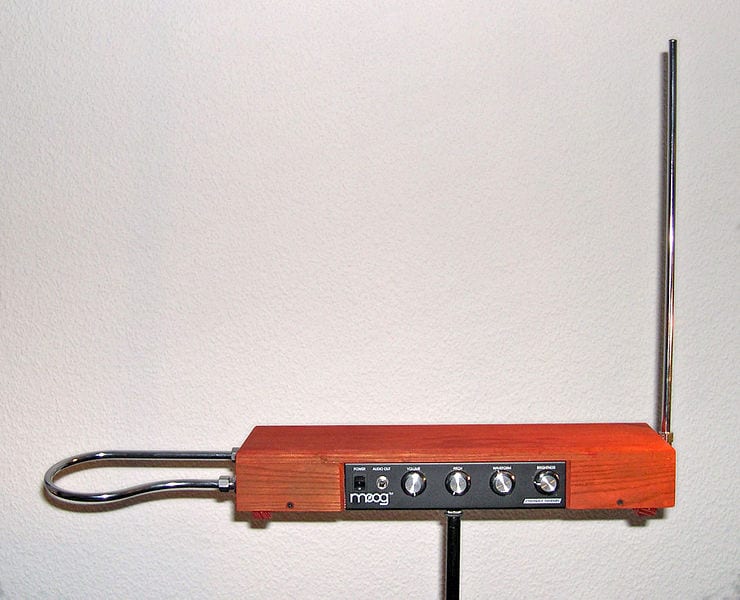
Photo Credit: Hutschi/Wiki
The theremin is like the OG of weird, spooky sounds in media, first patented in 1928 by Leon Theremin, when radio was still king:
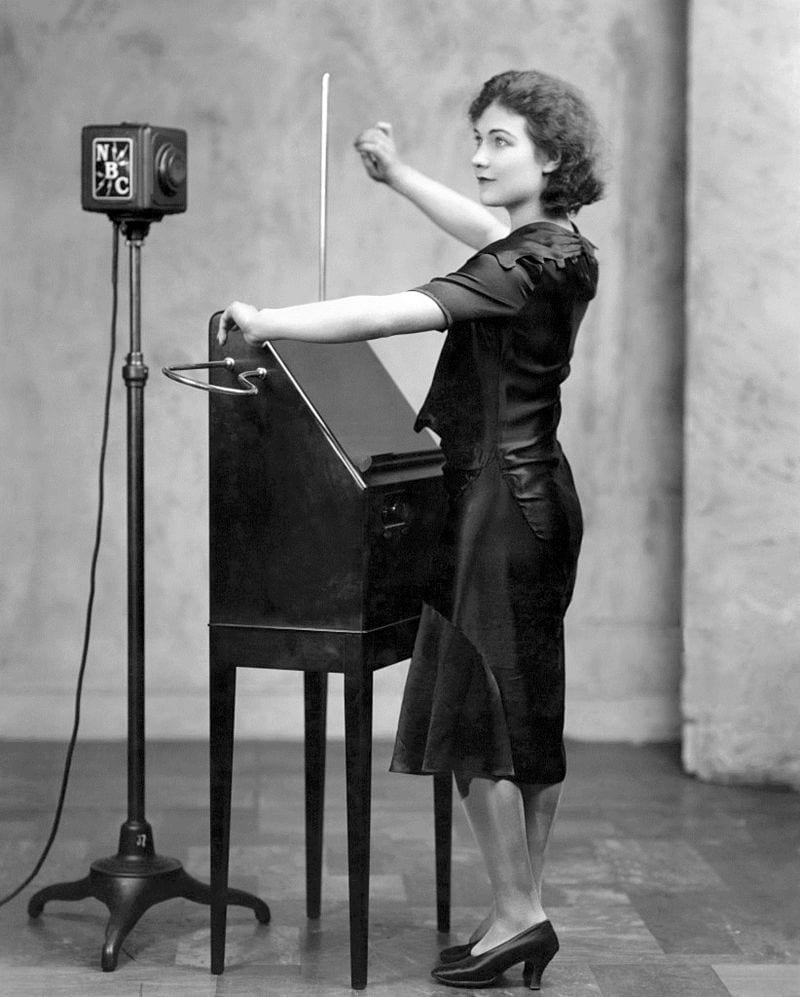
Photo Credit: Public Domain/Wiki
The above photo is of Alexandra Stepanoff, one of Theremin’s first pupils, and you can see her controlling pitch with one hand/antenna, and volume with the other.
You just kind of move your hands, and the antenna reacts. One hand picks the “note,” and the other can move to give you some rapid or slow bends and even a vibrato effect:
Like the waterphone, orchestras and bands have been using the theremin since its inception.
But, also much like the waterphone, most of us only know it by its weird sound in old movies like The Day the Earth Stood Still:

Photo Credit: 20th Century Fox/Wiki
Here’s Lydia Kavina playing Ron Grainer’s theme to Dr. Who on a theremin along with the Radio Science Orchestra at a 2009 TED conference in Oxford. And that’s probably the only place the above words could ever be strung together in the same sentence:
3. Blaster Beam
The blaster beam is like an industrial, super-sized and chaotic version of a lap, slide, or steel guitar. It puts out a unique bass tone that can feel super sinister, creepy, and menacing.
It’s probably most well known by film geeks as the sound of the V’ger in Star Trek: The Motion Picture. But you can even hear a bit of blaster beam in Michael Jackson’s Beat It. It most recently gained some note for its use in 10 Cloverfield Lane.
Below, Craig Huxley, the child actor-turned-musician credited with refining the instrument and bringing it to fame, takes one for a spin:

